Biology (EVOLUTION)
5.0(1)
5.0(1)
Card Sorting
1/66
There's no tags or description
Looks like no tags are added yet.
Study Analytics
Name | Mastery | Learn | Test | Matching | Spaced |
|---|
No study sessions yet.
67 Terms
1
New cards
Darwin’s hypothesis about __how remote island are populated__
Darwin hypothesized that __remote oceanic islands became populated by species that arrived by__ __**water**__ __or__ __**air**____.__ After the species became established, many **evolved into new species over time.**
This would explain why these species bore a **resemblance** to species on the __nearest continental land mass.__
This would explain why these species bore a **resemblance** to species on the __nearest continental land mass.__
2
New cards
Why are many species of plants, birds, insects, and, in some cases, reptiles on the Galapagos Islands
Only these kinds of organisms are __able to reach remote islands__ by **crossing large expanses of open ocean.**
3
New cards
Why are there __no native amphibians__ and __very few land mammals__
**Amphibians and most mammals are** __**unable to cross open ocean**__ **and will not be found on remote islands**.
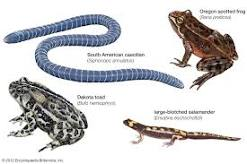
4
New cards
Why were **many unique species** __found no where else on Earth__
Over time, **ancestral species have evolved** into __*new geographically isolated species.*__
5
New cards
**Resemblance** of __unique__ species to __neighbor__ species
**Unique species are descendents of ancestral species** from __the nearest continental land masses__ and will exhibit __some similarities__.
6
New cards
Homologous features
Similiar structure, different function
Bird wing → human arm → whale fin
Bird wing → human arm → whale fin
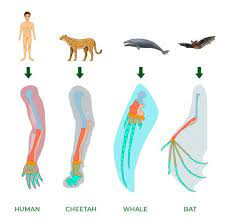
7
New cards
Analogous Features
Different structure, same function
Bird and bug wings
Bird and bug wings
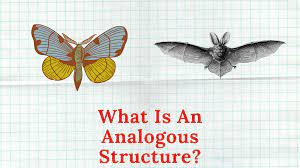
8
New cards
Vestigial Features
__structures/remnants remaining__ that are **no longer useful**
Dog fingers/toes
human appendix and wisdom teeth
Dog fingers/toes
human appendix and wisdom teeth
9
New cards
__Theory of evolution__ occurring by the process of **natural selection.**
The animals (or plants) **best suited to their environment** are __more likely to survive__ and __**reproduce**__, passing on the characteristics which helped them survive to their offspring. *Gradually, the species changes over time.*
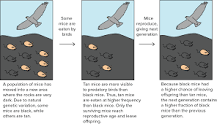
10
New cards
Why do Individuals within a population **compete for resources**
In each generation, **populations produce more offspring than there are adults**
Populations __do not continue to grow in size__
*Food and many other resources are* ***limited***
Populations __do not continue to grow in size__
*Food and many other resources are* ***limited***
11
New cards
Why do some individuals will **inherit characteristics** that give them a **better chance of surviving and reproducing**
The process by which some individuals **inherit advantageous traits that increase their odds of surviving** and reproducing is known as **natural selection.** It occurs due to __genetic variation and competition for resources,__ leading to the **survival and reproduction of those with beneficial traits.**
12
New cards
What does __natural selection__ **help** with
The key to natural selection is reproductive success.
Natural selection can lead to **speciation**, where *one species gives rise to a* ***new and distinctly different species.***
__explain the diversity of life on Earth.__
Natural selection can lead to **speciation**, where *one species gives rise to a* ***new and distinctly different species.***
__explain the diversity of life on Earth.__
13
New cards
radioisotopes
atoms undergoing **radioactive decay**
14
New cards
Half life
the time it takes for half of the material to decay
15
New cards
How to calculate radioisotopic age
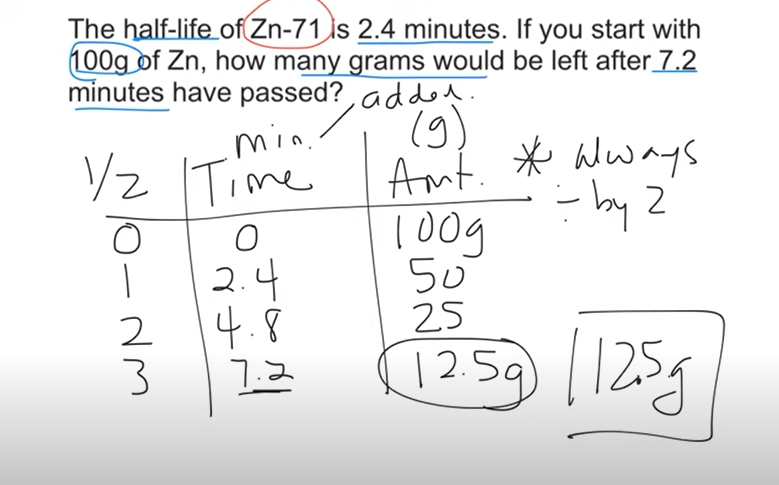
16
New cards
What are **mutations**?
**New or altered traits** arise when new alleles and genes are produced by mutations and acted upon by natural selection.
**Mutations create new genes that provide new genetic information**
Mutations have an __immediate and direct effect on individuals__ and also have *potential to influence future generations.*
**Mutations create new genes that provide new genetic information**
Mutations have an __immediate and direct effect on individuals__ and also have *potential to influence future generations.*
17
New cards
Use and Disuse (Lamark)
\
\
**structures an individual used** became **larger** and **stronger**
structures that were **not used** became **smaller** and **weaker**
\
structures that were **not used** became **smaller** and **weaker**
\
18
New cards
Desire to change -→
desire to change = organisms were **improving** and becoming **more complex**
(microbes to human being)
(microbes to human being)
19
New cards
**Inheritance** of **Acquired** **Characteristics** (Lamark)
individuals can **pass on** to their **offspring** characteristics they had **acquired during their lives**
ex: giraffes that aquired longer neck, pass it on to their offspring
ex: giraffes that aquired longer neck, pass it on to their offspring
20
New cards
**Darwin’s** ideas on evolution
Darwin proposed that **species can change over time,** that __new species come from pre-existing species__, and that **all species share a common ancestor.**
“Decent with modification”
All variation must be **genetic/inheritable**
“Decent with modification”
All variation must be **genetic/inheritable**
21
New cards
Neutral mutation
Does not result in any selective advantage or disadvantage
22
New cards
Harmful mutation
__Reduces the reproductive success__ of an individual → **selected against**
23
New cards
Beneficial mutation
__Increases the reproductive success__ of an organism → **selected for**
**Favored by natural selection** and accumulate over time
**Favored by natural selection** and accumulate over time
24
New cards
Fossil Formation
__Fossils are formed__ when the **remains of buried organisms are gradually replaced by mineral deposit**s.
As *sediments accumulate over time*, the __body__ becomes __compressed__, and __gradually__ **chemical changes occur that result in the body becoming mineralized**
Necessary conditions for fossils to form are rare. Only organisms that __**die in low-oxygen locations will fossilize.**__
As *sediments accumulate over time*, the __body__ becomes __compressed__, and __gradually__ **chemical changes occur that result in the body becoming mineralized**
Necessary conditions for fossils to form are rare. Only organisms that __**die in low-oxygen locations will fossilize.**__
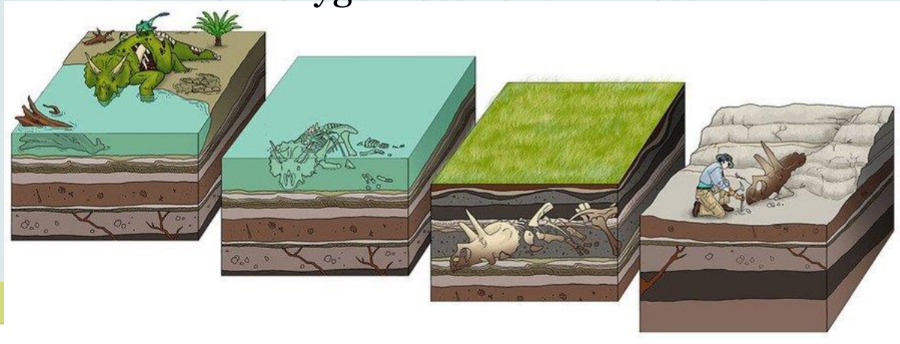
25
New cards
Modern Theory of evolution
The modern synthesis of evolutionary biology combines __Darwin’s theory of evolution__ by **natural selection with the science of genetics**
26
New cards
Homologous Genes
__Closely related species__ **inherit** *homologous genes.*
The **degree of similarity** between homologous genes provides good evidence for the degree of relatedness between species.
The **degree of similarity** between homologous genes provides good evidence for the degree of relatedness between species.
27
New cards
Pseudogenes
have **undergone mutations** and __*no longer serve a useful purpose*__
The platypus has pseudogenes for the production of stomach enzymes – useful in ancestors that had a functioning stomach.
The platypus has pseudogenes for the production of stomach enzymes – useful in ancestors that had a functioning stomach.
28
New cards
plate tectonics
Understanding the **movement of the Earth’s crust** which accounts for many large surface features such as __mountains, volcanic and earthquake activity__ helps our **understanding fossil distribution.**
29
New cards
Fossil distribution
Cuvier noticed that all fossils from **deeper layers were simpler** than the **more complex fossils above them.**
older fossil are deeper
newer fossils are closer to surface
older fossil are deeper
newer fossils are closer to surface
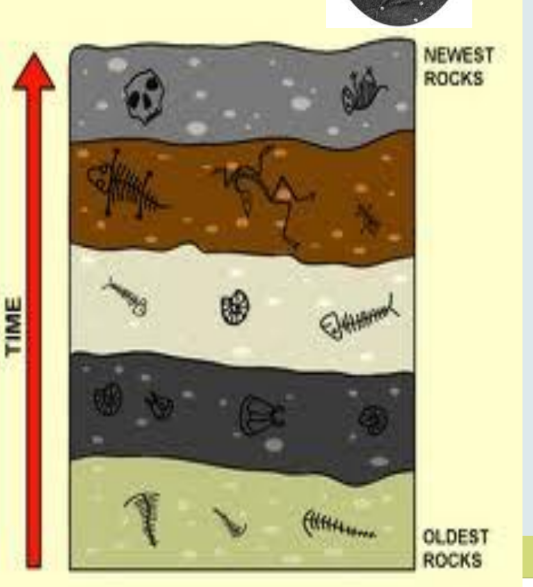
30
New cards
uniformitarianism
__**Charles Lyell**__
theory that **geological changes** are __**slow and gradual**__ and that *natural laws and processes have not changed over time.*
theory that **geological changes** are __**slow and gradual**__ and that *natural laws and processes have not changed over time.*
31
New cards
catastrophism
__**George Cuvier**__
theory that the __pattern of fossils__ could be __accounted__ for by a series of **global catastrophes that wiped out most species on Earth.**
theory that the __pattern of fossils__ could be __accounted__ for by a series of **global catastrophes that wiped out most species on Earth.**
32
New cards
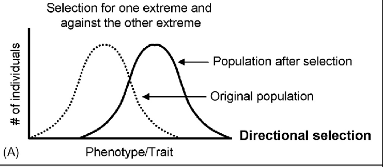
Directional Selection
The environment favours individuals with __**extreme**__ variations of a trait
*(one extreme over the other)*
Results from: - species migrating to a new environment → aspects of habitat change
e.g. hummingbird moves to an area with different length flowers, birds with variations are more successful
*(one extreme over the other)*
Results from: - species migrating to a new environment → aspects of habitat change
e.g. hummingbird moves to an area with different length flowers, birds with variations are more successful
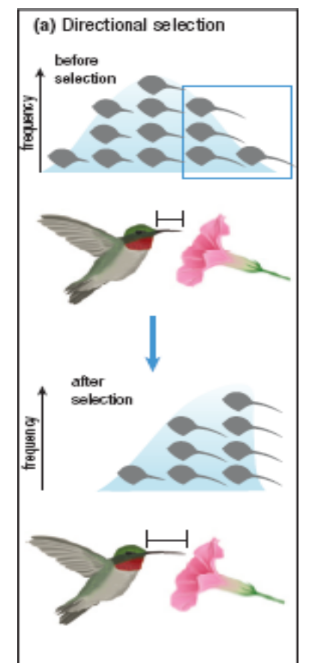
33
New cards
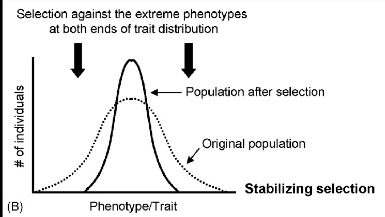
Stabalizing selection
The __**average**__ phenotype within a population is *favoured by the environment*
__Selection against the extremes__
Once a species is adapted to the environment, selective pressure maintains those traits.
__Selection against the extremes__
Once a species is adapted to the environment, selective pressure maintains those traits.
34
New cards

Distruptive Selection
__**Opposite extremes**__ are selected
Results in separate groups
May eventually *become isolated breeding populations with separate gene pools*
e.g. Flowers of two different sizes may result in success for hummingbirds with two different beak lengths
Results in separate groups
May eventually *become isolated breeding populations with separate gene pools*
e.g. Flowers of two different sizes may result in success for hummingbirds with two different beak lengths
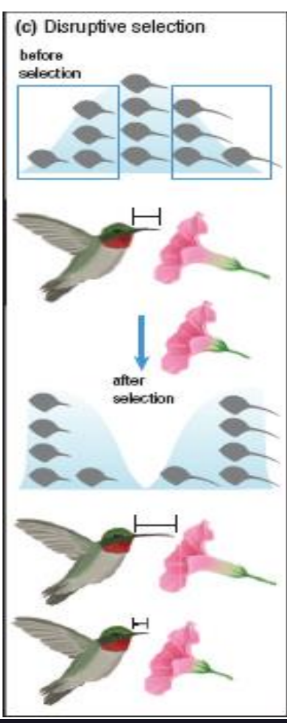
35
New cards
Sexual selection
favouring a trait that **increases mating success**
results in **extreme features**
results in **extreme features**
36
New cards
Sexual dimorphism
**differences** in __**appearances**__ and __**behaviours**__ **between** **sexes**
__Selective pressures__ come from females mate choices and __male-male competition__
__Selective pressures__ come from females mate choices and __male-male competition__
37
New cards
Genetic Drift
__Changes__ to __allele frequency__ as a result of **chance**
Changes are much __more pronounced__ in __**small populations**__
Changes are much __more pronounced__ in __**small populations**__
38
New cards
Bottlenecks
Genetic bottlenecks are dramatic, often temporary, __**reduction in population size**__ causing a significant genetic drift.
Many alleles are likely to be eliminated
__ Future generations will be__ __**limited**__ __to the alleles__ __**carried by the surviving individuals**__
Many alleles are likely to be eliminated
__ Future generations will be__ __**limited**__ __to the alleles__ __**carried by the surviving individuals**__
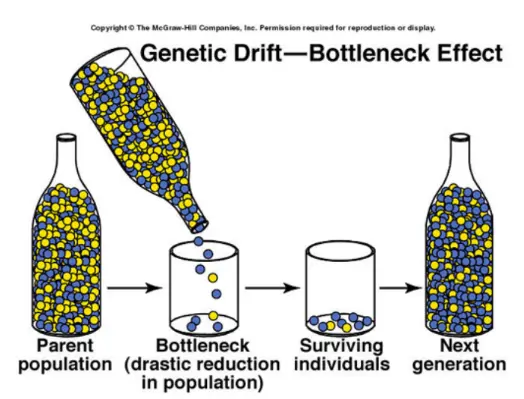
39
New cards
The Founder Effect
Genetic drift that results when a **small number of individuals separate** from their __original population__ and __establish a new population__
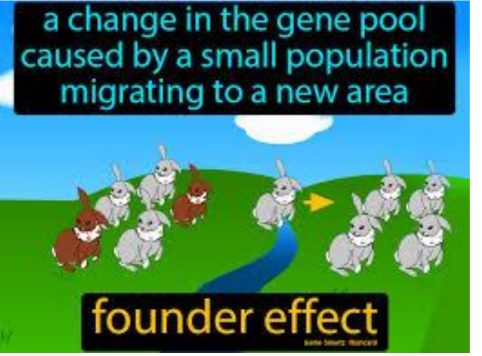
40
New cards
microevolution
**changes in gene (allele) frequencies** and phenotypic traits within a population and species.
41
New cards
speciation
**the formation of a new species**
42
New cards
reproductive isolating mechanism
any behavioural, structural, or biochemical trait that **prevents** individuals of **different species** from __reproducing successfully together.__
43
New cards
Prezygotic mechanism
A reproductive isolating mechanism that __**prevents**__ **interspecies mating and fertilization**
44
New cards
Behavioural isolation
\-different species use __different courtship__ and __mating clues__
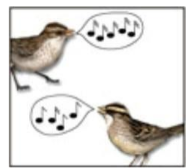
45
New cards
Mechanical isolation
\-__differences__ in __morphological features__ may make two species Incompatible
(dont have the corralating parts for sex)
(dont have the corralating parts for sex)
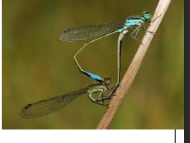
46
New cards
Gametic isolation
\-male gametes may __not be able to recognize__ and **fertilize an egg of a different species**
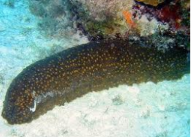
47
New cards
Temporal isolation
\-__different species__ __breed__ at __different times of Year__
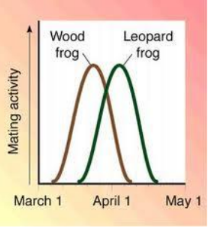
48
New cards
Ecological isolation
\-very similar species may **occupy different habitats within a region**
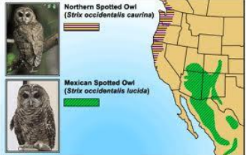
49
New cards
Postzygotic mechanism
A reproductive isolating mechanism that **prevents** __**maturation and reproduction**__ **in** __**offspring**__ **from interspecies reproduction**
50
New cards
Zygotic mortality
\-__mating and fertilization are possible__, but genetic differences result in a **zygote that is unable to develop properly**
51
New cards
Hybrid inviability
\-a __hybrid individual__ develops, but either dies before birth or, **if born, cannot survive to maturity**
52
New cards
Hybrid infertility
\-hybrid offspring **remain healthy** and viable **but** are **sterile**
Horse + donkey = mule (64 chrom + 62 chrom = 63 chrom → sterile)
tiger + lion = liger
Horse + donkey = mule (64 chrom + 62 chrom = 63 chrom → sterile)
tiger + lion = liger
53
New cards

Allopatric Speciation
The **formation of a new species** as a result of evolutionary changes following a period of __**geographic isolation.**__
* Once populations are **physically separated**, they can **no longer exchange genetic information.**
* Over many generations the populations will become less and less alike.
* Once populations are **physically separated**, they can **no longer exchange genetic information.**
* Over many generations the populations will become less and less alike.
54
New cards
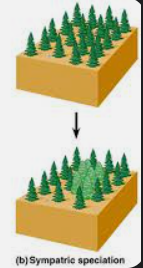
Sympatric Speciation
The **evolution of populations** within the s**ame geographic area** into __separate species.__
Individuals within the population become genetically isolated from the larger population.
May occur gradually or suddenly.
May be a result of human action or mutations.
Sympatric speciation is the **evolution of a new species** from a **s**__**urviving ancestral species**__ while both continue to *inhabit the same geographic region*
Individuals within the population become genetically isolated from the larger population.
May occur gradually or suddenly.
May be a result of human action or mutations.
Sympatric speciation is the **evolution of a new species** from a **s**__**urviving ancestral species**__ while both continue to *inhabit the same geographic region*
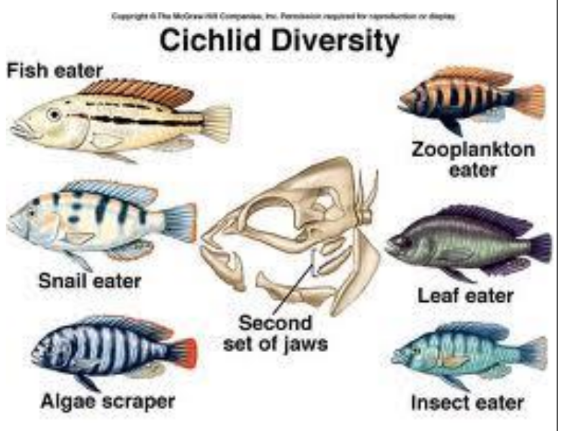
55
New cards
Adaptive Radiation
occurs when a __single species__ **RAPIDLY** evolves into a __*number of distinct but closely related species.*__ Each new species fills a different, formerly empty, ecological niche.
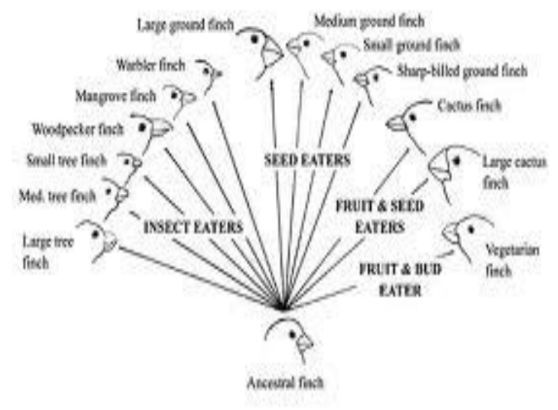
56
New cards
Divergent Evolution
is the large scale evolution of a group into many __**different forms.**__
For example, Northern Ontario forests are home to rodents. These species evolved from a single ancestor, however fill different ecological niches. ***This results in an increase in biodiversity.***
__**rodents -→ beavers, rats, squirrels, moles.**__
For example, Northern Ontario forests are home to rodents. These species evolved from a single ancestor, however fill different ecological niches. ***This results in an increase in biodiversity.***
__**rodents -→ beavers, rats, squirrels, moles.**__
57
New cards
Convergent evolution
the __**evolution of similar traits**__ in *distantly related species.*
For example, sharks and dolphins have both evolved *very similar streamline bodies* well suited for their behaviour, but they are __very distantly related species.__
For example, sharks and dolphins have both evolved *very similar streamline bodies* well suited for their behaviour, but they are __very distantly related species.__
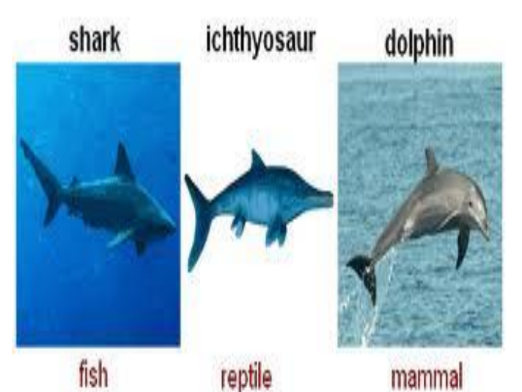
58
New cards
Co-evolution
a process in which **one species evolves** in __**response**__ to the __evolution of another species.__
**(Birds and flowers)**
For example, the Madagascar long- spurred orchid is pollinated by a hawk moth whose tongue is about 30 cm long. Natural selection has favoured longer tubes containing the nectar in the orchid to require the months spending more time at the flower, making them more likely to pick up pollen. In turn, natural selection has favoured moths with a long enough tongue to reach the nectar.
**(Birds and flowers)**
For example, the Madagascar long- spurred orchid is pollinated by a hawk moth whose tongue is about 30 cm long. Natural selection has favoured longer tubes containing the nectar in the orchid to require the months spending more time at the flower, making them more likely to pick up pollen. In turn, natural selection has favoured moths with a long enough tongue to reach the nectar.
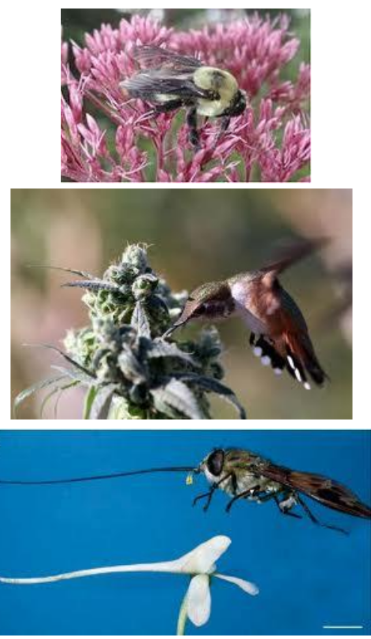
59
New cards
macroevolution
**Large-scale evolutionary changes** including the __formation of new species and new taxa__
60
New cards
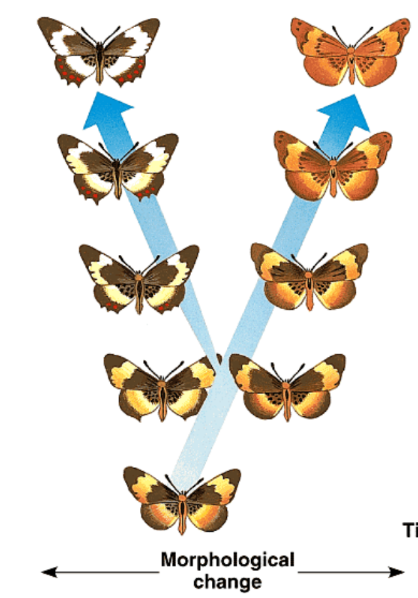
theory of gradualism
attributes **large evolutionary changes in species** to the accumulation of __**many small and ongoing changes and processes**__.
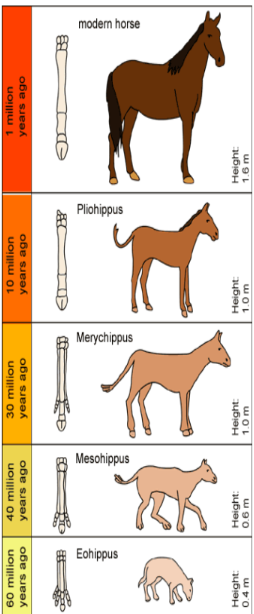
61
New cards
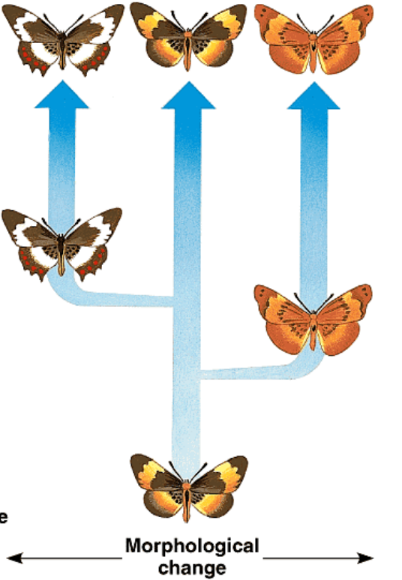
theory of punctuated equilibrium
attributes __most evolutionary changes__ to relatively **rapid spurts of change** followed by long periods of little or no change.
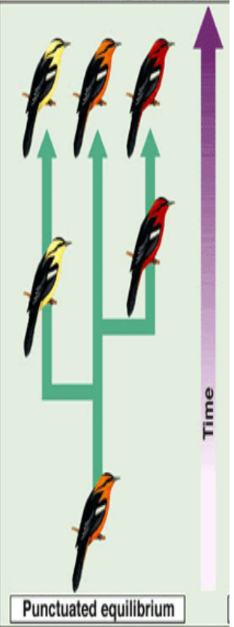
62
New cards
Tiktaalik roseae
The species, Tiktaalik roseae, has many features of both **fish and four-limbed land vertebrates.**
first discovered on Ellesmere Island in the Canadian Arctic in 2004
Tiktaalik has an odd mix of features. It has **fins and scales, a neck and wrist bones, and an unusual flattened head. As a result it was nicknamed “fishapod**
Transitional species=the theory of evolution, the **first land vertebrates evolved from fish that made the transition onto land.** Therefore, the theory predicts that in the past there must have been species that were __transitional between lobe-finned fish and the first simple land vertebrates.__
first discovered on Ellesmere Island in the Canadian Arctic in 2004
Tiktaalik has an odd mix of features. It has **fins and scales, a neck and wrist bones, and an unusual flattened head. As a result it was nicknamed “fishapod**
Transitional species=the theory of evolution, the **first land vertebrates evolved from fish that made the transition onto land.** Therefore, the theory predicts that in the past there must have been species that were __transitional between lobe-finned fish and the first simple land vertebrates.__
63
New cards

What did the tiktaalik look like
Tiktaalik really does look like a **cross between a fish and a four-legged land animal.** Like fish, Tiktaalik had __webbed fins supported with thin bones, gills, and scales.__ However, like four-limbed vertebrates, Tiktaalik had *a neck and shoulders, thick ribs, and sturdy wrist bones*. The __skull__ of Tiktaalik was __flattened, with eyes on top and two notches that are closer in size to those of land vertebrates than of fish.__ In early land vertebrates the notches function as primitive ears. **Tiktaalik was not able to walk, but its limb bones would have allowed it to prop itself up in a “push-up” position.** Based on the overall shape of its head and body, __**Tiktaalik likely lived in shallow fresh water.**__
64
New cards
Primates
Characterized by:
large brains
Forward-directed eyes
Flexible hands and feet
Arms that can fully rotate
Opposable thumbs (some)
Have tails (most)
Homo sapiens are primates
large brains
Forward-directed eyes
Flexible hands and feet
Arms that can fully rotate
Opposable thumbs (some)
Have tails (most)
Homo sapiens are primates
65
New cards
Who is human’s most common ancestor
Chimpanzees are our closest living relatives. We share 98.8% of their DNA.
Common ancestor dating from 60-70 m.y.a.
Humans are a member of the clade called hominids.
Common ancestor dating from 60-70 m.y.a.
Humans are a member of the clade called hominids.
66
New cards
Development of traits in hominids
❖Fossils of hip bones, feet, leg bones and footsteps provide evidence of the emergence of bipedalism. ❖Fossils of skulls track changes in brain size. ❖Remains of tools and burial sites provide evidence of early human culture.
* Larger brain
\
\
Tools for hunting increased the amount of meat in their diet
Provided a rich source of protein and fats
Hominid brains were significantly larger than chimpanzee-sized brains
* Larger brain
\
\
Tools for hunting increased the amount of meat in their diet
Provided a rich source of protein and fats
Hominid brains were significantly larger than chimpanzee-sized brains
67
New cards
Does culture influence evolution?
Humans have extraordinary culture:
More than 6000 languages have been spoken
Artistic endeavours: music, dance, fine arts
Athletic heroes and movie stars
Rituals, customs and belief systems
\
Lactose tolerance developed because of human domestication of goats, camels and cattle and the consumption of their milk.
Tolerant individuals had a 4-10% enhanced reproductive success in populations.
The cultural choice created a new selective pressure for the evolution of lactose tolerance
More than 6000 languages have been spoken
Artistic endeavours: music, dance, fine arts
Athletic heroes and movie stars
Rituals, customs and belief systems
\
Lactose tolerance developed because of human domestication of goats, camels and cattle and the consumption of their milk.
Tolerant individuals had a 4-10% enhanced reproductive success in populations.
The cultural choice created a new selective pressure for the evolution of lactose tolerance